
OR
Badimalika municipality to deny services to people neglecting their old parents
Published On: April 7, 2018 02:43 PM NPT By: Republica | @RepublicaNepal
BAJURA, April 7: Badimalika Municipality has come up with a noble idea in a bid to enforce old-age security. It will deprive those, who are found staying away from their responsibility to look after their old parents, of administrative facilities like birth and death registrations it provides.
Likewise, those who are found promoting Chhaupadi, involving in gender violence and drinking will be denied the facilities.
Speaking at an interaction on 'Chhaupadi-free campaign and drive against gender violence' in the district on Friday, the Municipality mayor Padam Baduwal said the municipality is committed to enforcing the rules. He also pointed out the role of priests and witchdoctors in controlling racial and gender discrimination.
Kabita Bista urged building a civic society which will treat women equally as men.
The one-day interaction also issued a seven-point declaration. Witch-doctors, priests and local people also participated in the intercourse. RSS
You May Like This
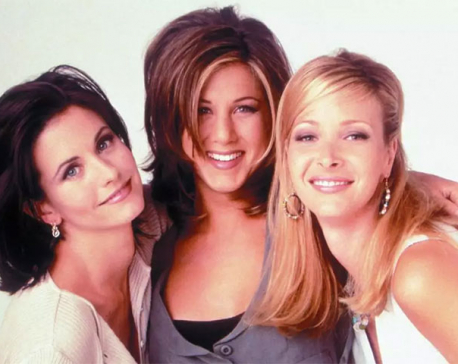
Married women prefer their friends to their husbands: Study
Getting married is often pegged as one of the happiest day of a person's life, as you have finally found... Read More...

Transparent policy-making makes people less cynical of their government
Rohini Pande, Professor of Public Policy at Harvard Kennedy School and Co-Director of Evidence for Policy Design, is reputed for... Read More...

Parents’ dream shatters as their breadwinner goes out of contact in Malaysia
KHOTANG, Dec 14: Kumar Katuwal of Nirmalidanda-1, Khotang, who had gone to Malaysia for employment 10 years ago, has gone... Read More...
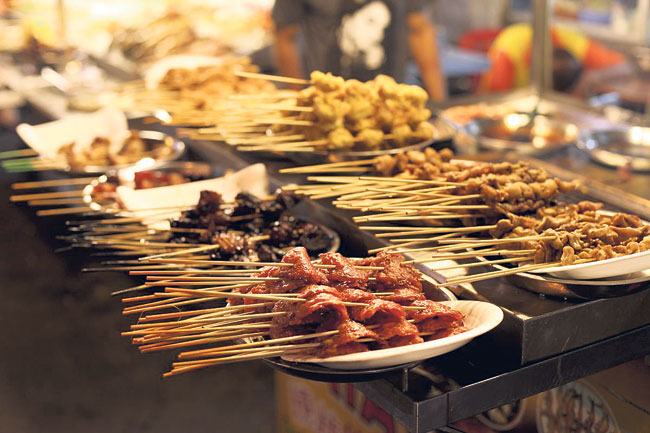
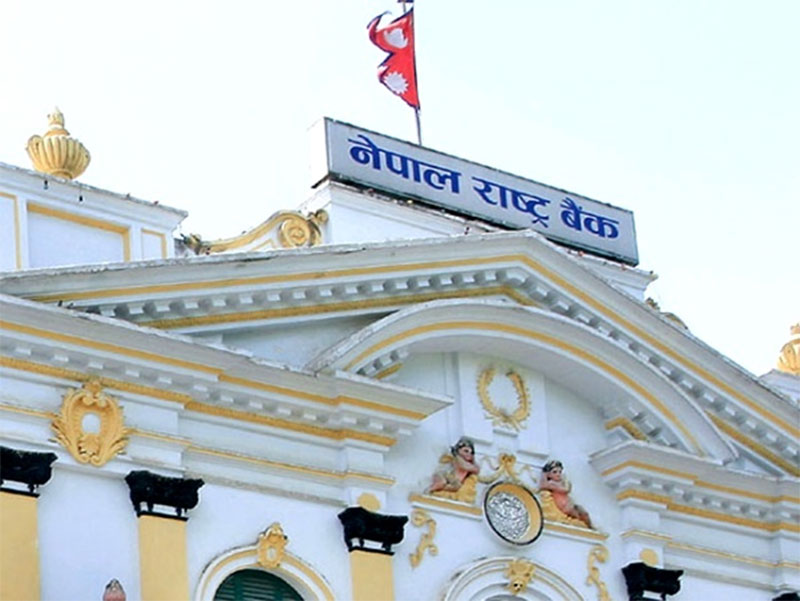


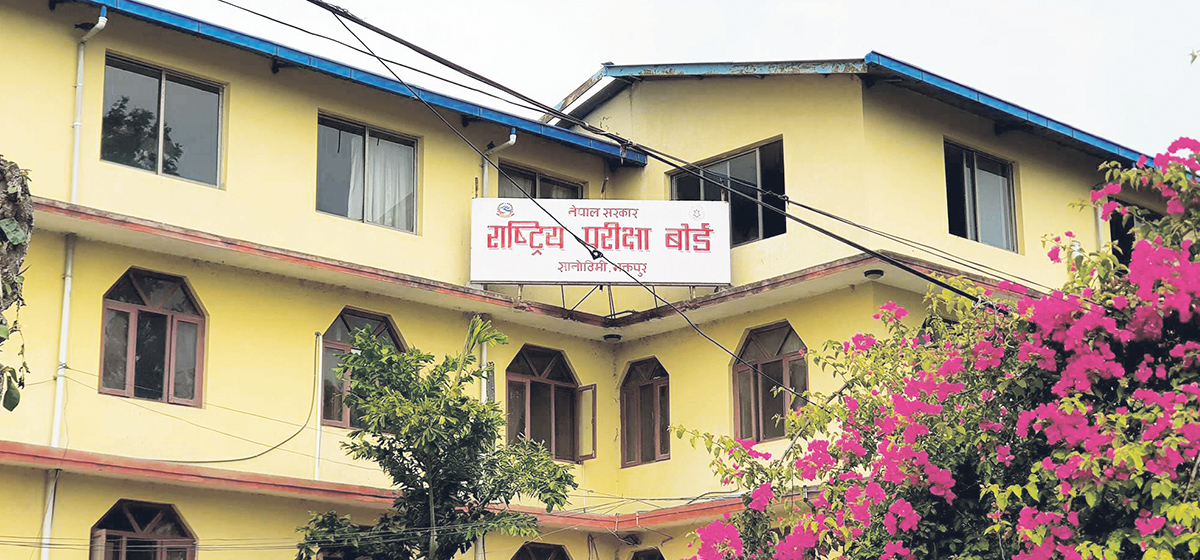

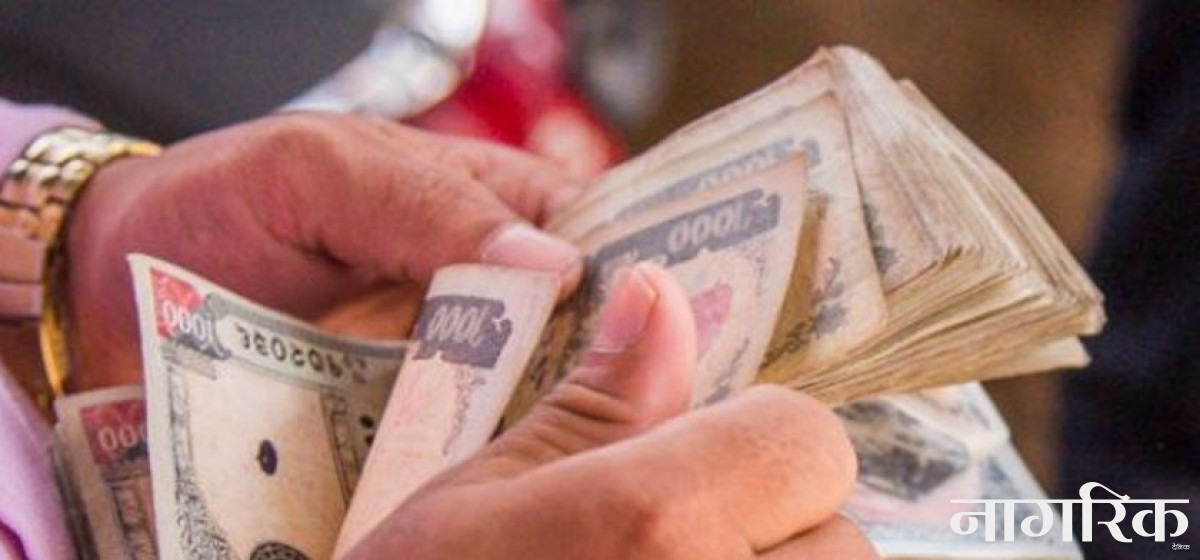
Just In
- NRB to provide collateral-free loans to foreign employment seekers
- NEB to publish Grade 12 results next week
- Body handover begins; Relatives remain dissatisfied with insurance, compensation amount
- NC defers its plan to join Koshi govt
- NRB to review microfinance loan interest rate
- 134 dead in floods and landslides since onset of monsoon this year
- Mahakali Irrigation Project sees only 22 percent physical progress in 18 years
- Singapore now holds world's most powerful passport; Nepal stays at 98th



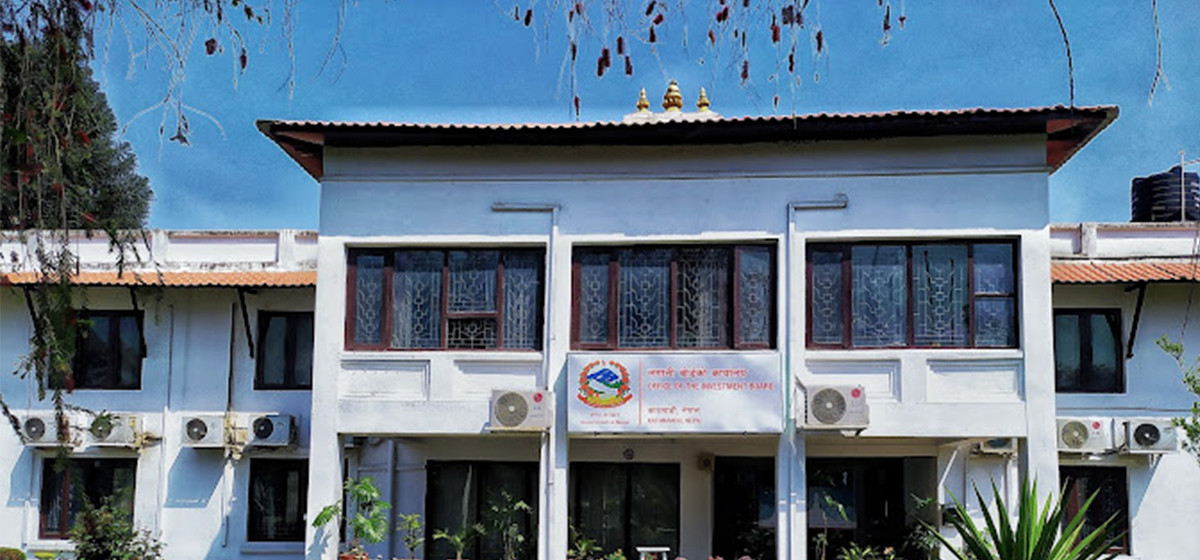


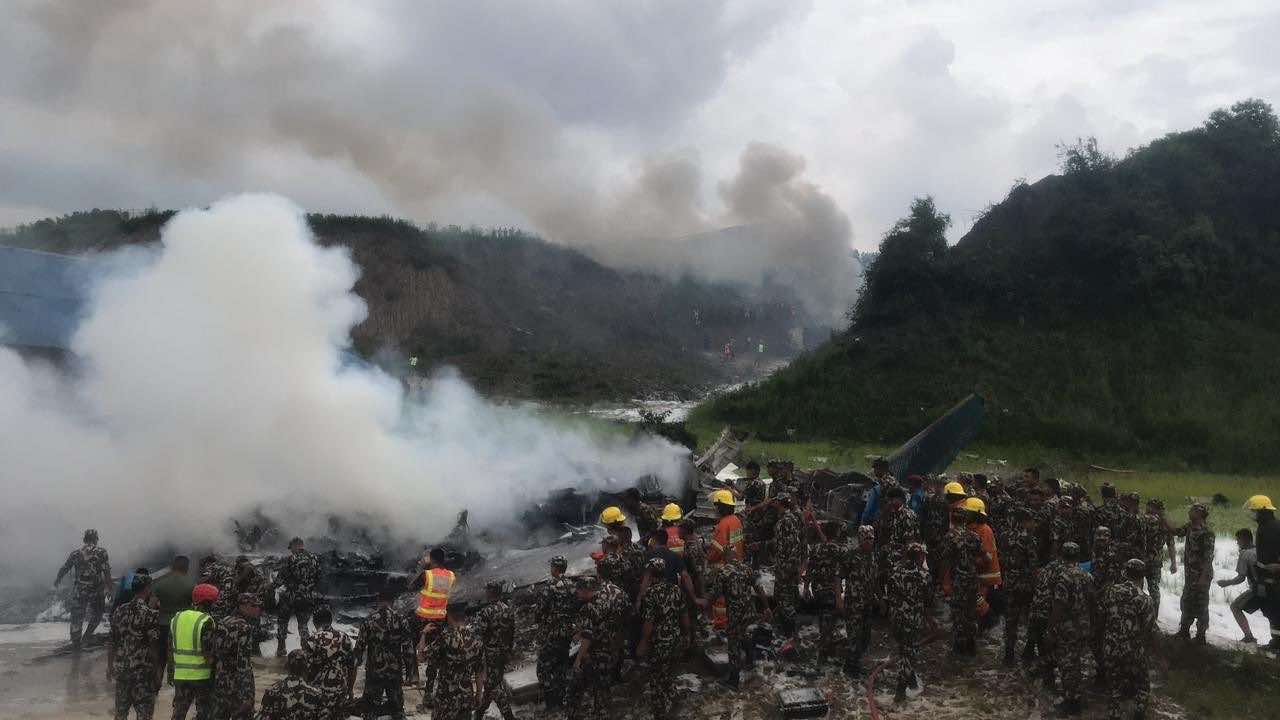
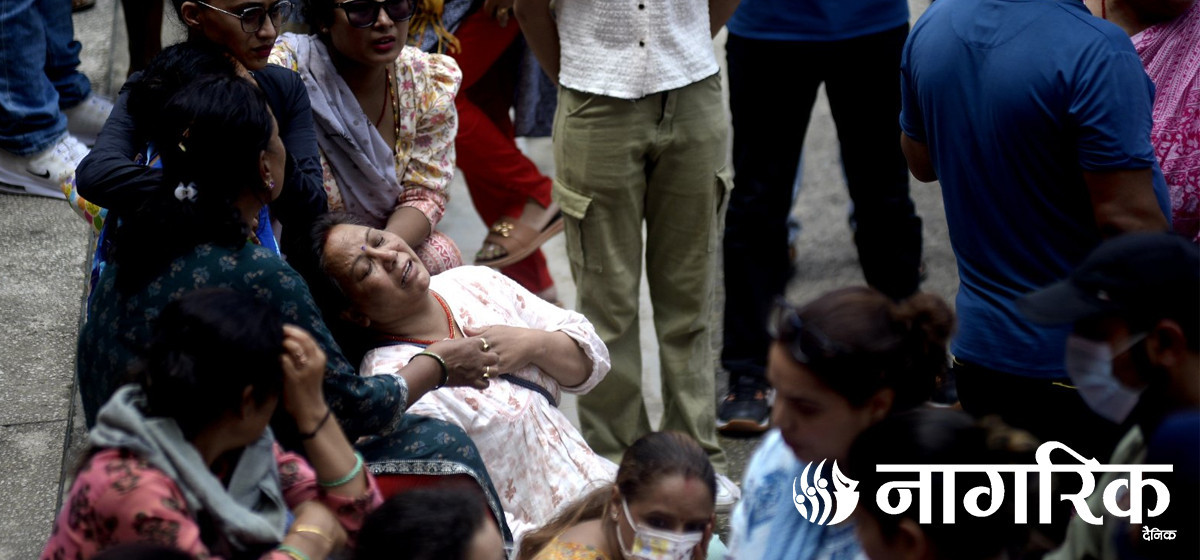


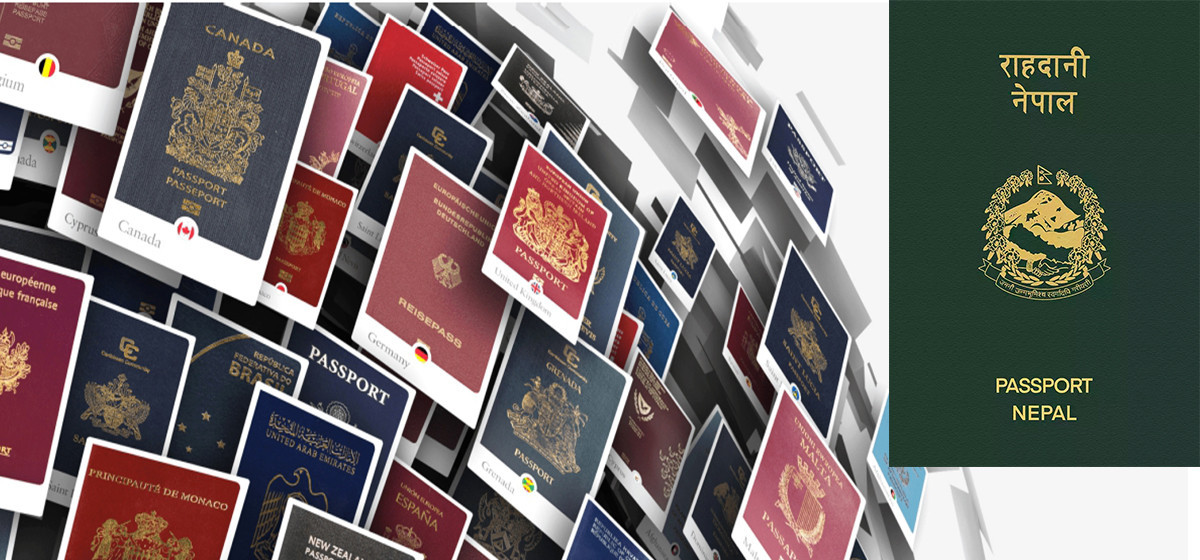
Leave A Comment